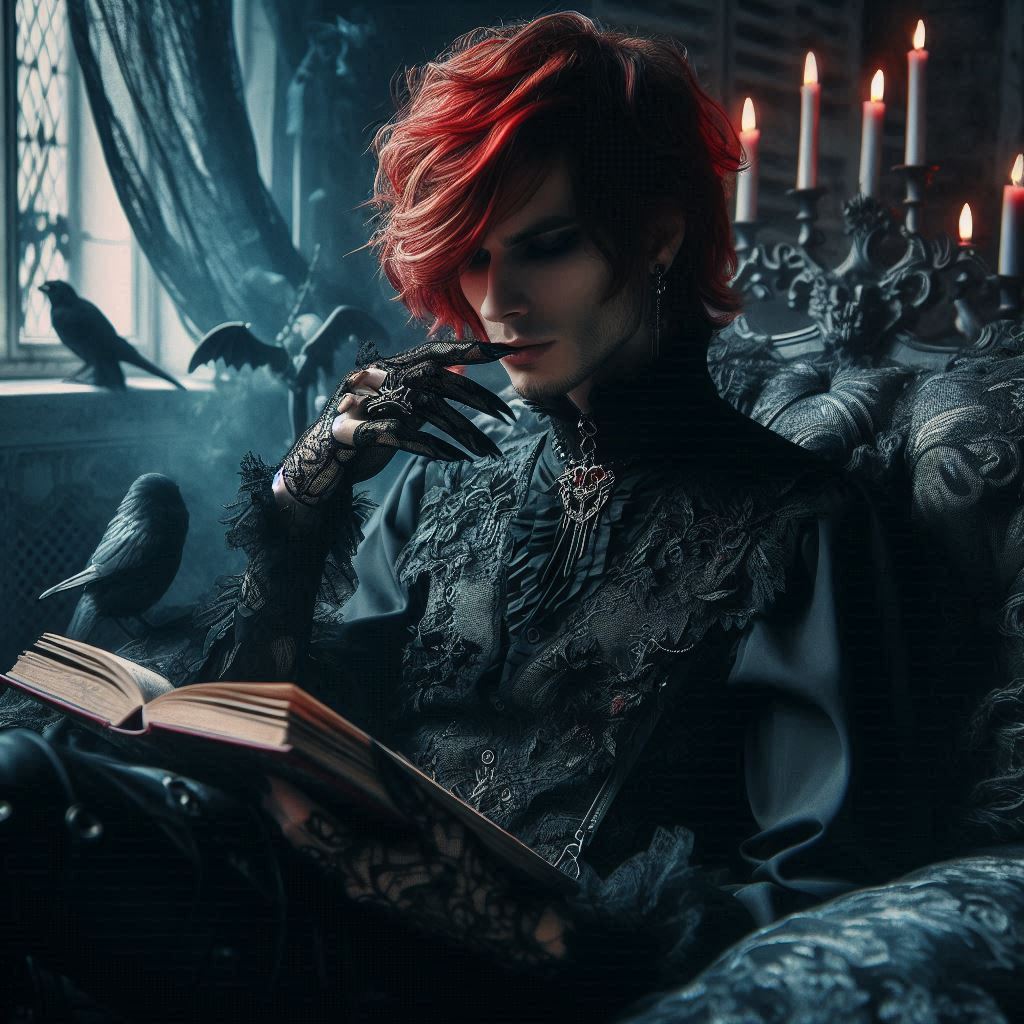Table of Contents
How to Get Inspiration for a New Novel
Every great novel begins with a spark of inspiration—an idea that refuses to let go of the writer’s imagination. However, finding that initial concept can sometimes feel like searching for a needle in a haystack. Whether you’re a seasoned novelist or a first-time writer, the struggle to uncover fresh, compelling ideas is universal. Fortunately, inspiration is not as elusive as it seems. By actively engaging with the world, exploring different creative techniques, and training your mind to recognize potential stories, you can cultivate a steady stream of novel-worthy ideas.
This essay explores ten effective strategies for generating inspiration, from reading widely to experimenting with unconventional brainstorming methods. By the end, you’ll have a toolkit of approaches to help you discover the perfect premise for your next novel.

1. Read Widely and Critically
One of the most reliable ways to find inspiration is through reading. Books not only expose you to different writing styles and narrative structures but also trigger new ideas through their themes, characters, and conflicts.
How to Use Reading for Inspiration:
- Explore Different Genres – If you usually read fantasy, try a thriller or historical fiction. A shift in genre can introduce unexpected ideas.
- Analyze What Works (and What Doesn’t) – Ask yourself why certain books captivate you while others fall flat. Is it the pacing? The dialogue? The moral dilemmas?
- Ask “What If?” About Existing Stories – Take a familiar tale and twist it. What if Cinderella was a sci-fi story? What if Sherlock Holmes lived in the modern world?
Reading doesn’t just provide inspiration—it also sharpens your storytelling instincts.
2. Observe Real Life
The world around you is filled with untold stories. Everyday interactions, news headlines, and personal experiences can all serve as novel foundations.
Ways to Draw Inspiration from Reality:
- People-Watching – Sit in a café, park, or subway and observe strangers. Invent backstories for them based on their appearance, mannerisms, or snippets of conversation.
- News Stories – Real-life events, especially unusual or dramatic ones, can be fictionalized. A bizarre crime, an unsolved mystery, or a historical scandal might spark a compelling plot.
- Personal Experiences – Have you ever faced a moral dilemma, an adventure, or an emotional turning point? Even small moments—like a childhood memory or a family legend—can evolve into a novel.
Keeping a journal of interesting observations ensures you never run out of material.
3. Experiment with “What If?” Scenarios
Many iconic novels began with a simple hypothetical question. By playing with possibilities, you can unlock entirely new storylines.
Examples of “What If?” Brainstorming:
- What if memories could be bought and sold? (The Giver, Eternal Sunshine of the Spotless Mind)
- What if a modern person woke up in the past? (Outlander, Kindred)
- What if a detective could enter people’s dreams to solve crimes? (Inception)
Try listing 10-20 “What if?” questions and see which one excites you the most.
4. Use Writing Prompts
If you’re staring at a blank page, writing prompts can jumpstart your creativity. They force you to think outside your usual patterns and can lead to unexpected story ideas.
Where to Find Prompts:
- Books & Websites – The 3 A.M. Epiphany by Brian Kiteley, Reddit’s r/WritingPrompts
- Image Prompts – A photo of an abandoned house, a strange painting, or an old letter
- First-Line Challenges – Start with a sentence like, “The last time I saw her, she was holding a knife.”
Even if the prompt doesn’t directly become your novel, it might lead you to a bigger idea.
5. Explore Other Art Forms
Inspiration doesn’t only come from books. Music, paintings, films, and even video games can trigger new ideas.
How to Use Art for Novel Ideas:
- Music – Listen to instrumental tracks and imagine the scenes they evoke. Do lyrics suggest a character’s inner conflict?
- Visual Art – Study paintings or photographs. Who are the people in them? What happened before or after the captured moment?
- Film & TV – Analyze how screenwriters structure their stories. Could a similar concept work in a novel?
Art engages emotions in ways that pure logic can’t, making it a powerful creative catalyst.
6. Develop Fascinating Characters First
Sometimes, a single compelling character is enough to drive an entire novel. Instead of starting with plot, try building a protagonist (or antagonist) so vivid that their story demands to be told.
Character Development Techniques:
- Interviews – Pretend you’re interviewing your character. What are their fears, secrets, and desires?
- Backstories – Write a short biography of their life before the novel begins. What pivotal moments shaped them?
- Contradictions – Give them conflicting traits (e.g., a brave person who’s terrified of water).
A well-crafted character can naturally generate plot through their goals and flaws.
7. Travel and Explore New Settings
New environments stimulate creativity. Whether you visit a foreign country or simply take a different route through your city, fresh surroundings can inspire unexpected stories.
Alternative Ways to “Travel” for Ideas:
- Virtual Tours – Explore museums, cities, or historical sites online.
- Documentaries – Learn about different cultures, time periods, or scientific phenomena.
- Local Legends – Every town has its myths. Could a regional ghost story become a novel?
Settings can be as influential as characters in shaping a narrative.
8. Combine Unrelated Concepts
Some of the most original stories come from merging two seemingly unrelated ideas.
Examples of Genre Mashups:
- Pride and Prejudice + Zombies = Pride and Prejudice and Zombies
- Noir detective story + Fantasy = The Dresden Files
- Historical drama + Time travel = Outlander
Try brainstorming unusual combinations to create something fresh.
9. Embrace Constraints
Paradoxically, limitations can boost creativity. By imposing rules on your brainstorming, you force yourself to think innovatively.
Creative Constraints to Try:
- Single Location – Set the entire novel in one place (e.g., Room by Emma Donoghue).
- Unreliable Narrator – What if the protagonist is lying or delusional?
- Nonlinear Timeline – Could the story unfold backward or in fragments?
Constraints prevent overwhelm and often lead to more inventive storytelling.
10. Allow Your Mind to Wander
Inspiration often strikes when you’re not actively searching for it. Activities like walking, showering, or daydreaming engage the subconscious mind, where unexpected connections form.
Tips for Encouraging Serendipitous Ideas:
- Take Breaks – Step away from your desk and let your mind relax.
- Keep a Dream Journal – Some of history’s greatest ideas came from dreams (Frankenstein, The Terminator).
- Meditate or Freewrite – Let thoughts flow without judgment.
Conclusion
Inspiration is not a mystical force reserved for a lucky few—it’s a skill that can be cultivated. By reading voraciously, observing the world, experimenting with prompts, and embracing creative constraints, you can train yourself to recognize novel-worthy ideas everywhere.
The key is to remain curious, open-minded, and persistent. Not every idea will become a masterpiece, but each one brings you closer to the story you’re meant to tell. So start exploring, questioning, and writing—your next great novel is waiting to be discovered.
Happy writing!


No responses yet